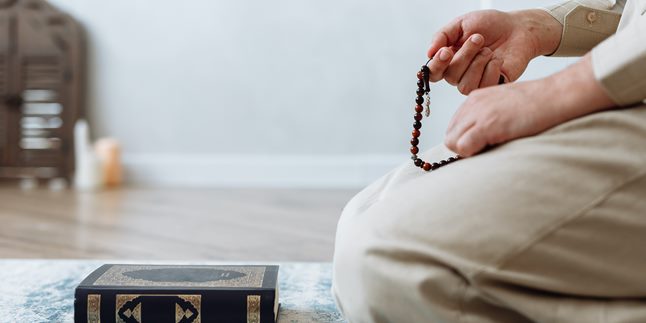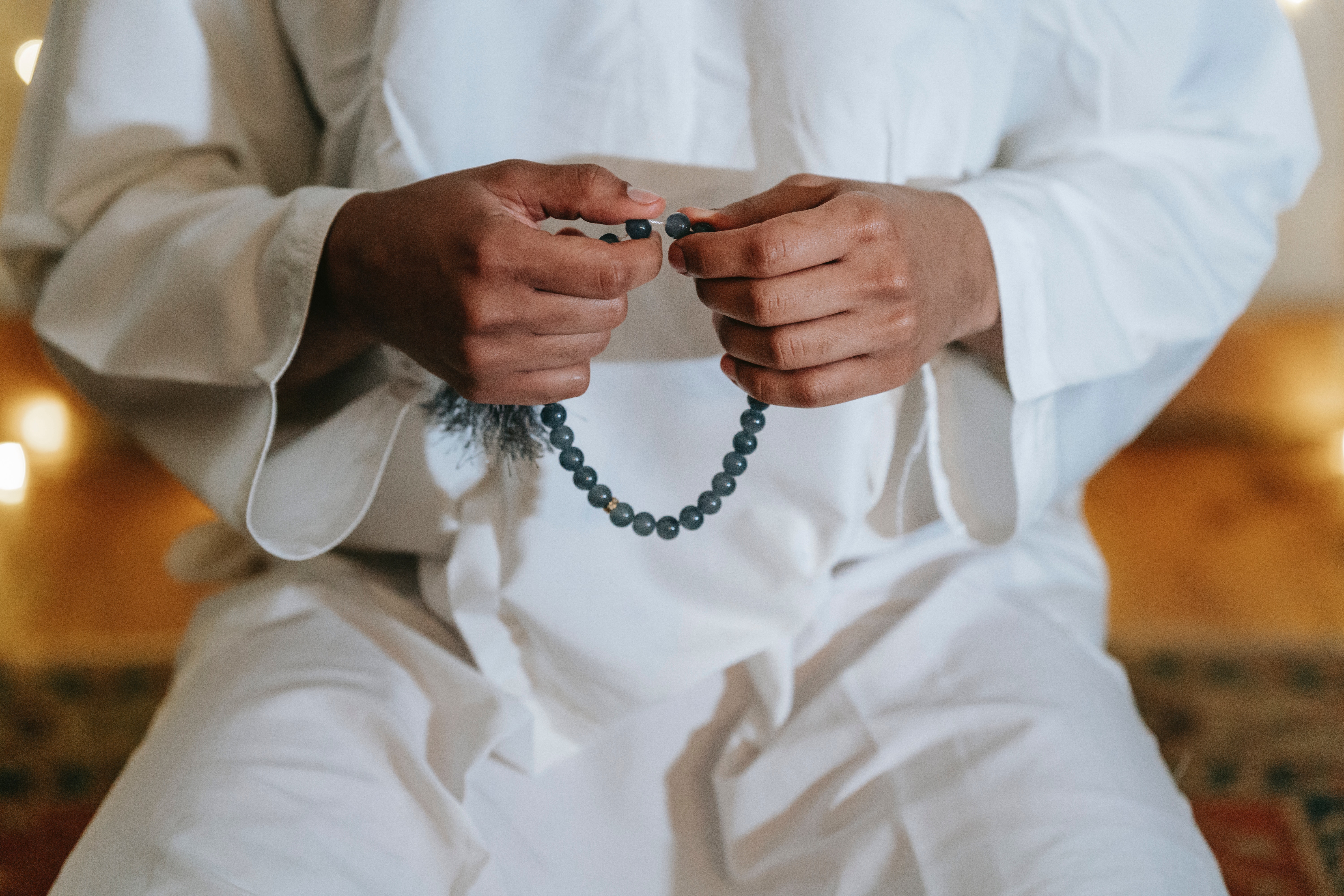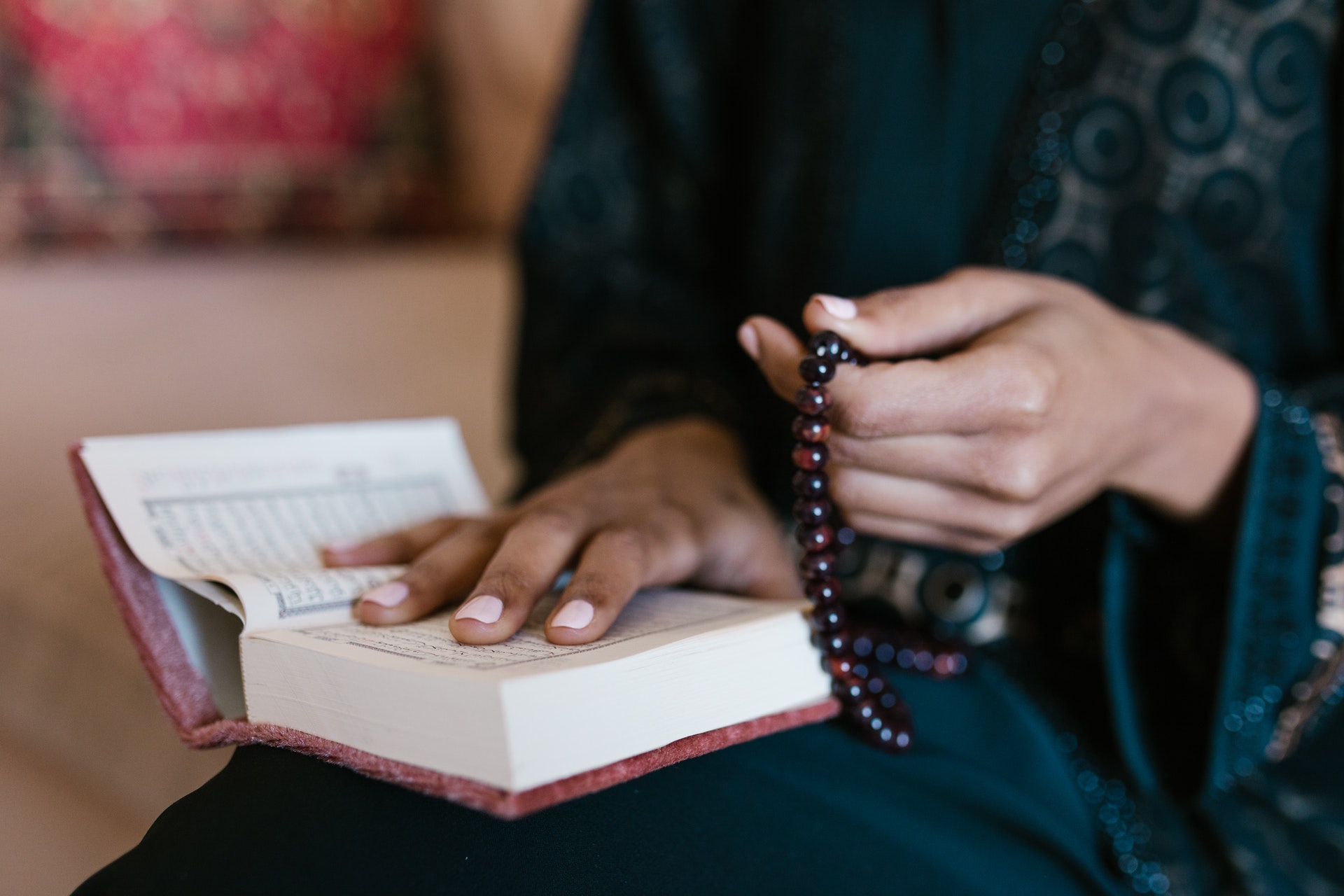The Meaning of CS or Customer Service, Know the Tasks and Competencies that Must Be Possessed
The term CS or Customer Service may often be heard. Even, we may have used their services several times. However, what is the actual meaning of CS?

Kapanlagi.com - Dhikr is an activity for Muslims that earns rewards. Although this activity is light, dhikr can actually earn tremendous rewards from Allah SWT. Dhikr according to its meaning in language is an activity of the tongue and deeds that then earns benefits in the form of rewards.
Yes, dhikr itself comes from the words dzakara, yadzukuru or dzukr or dzikr which means an action with the tongue. Well, not only knowing the meaning of dhikr, but there are also types of dhikr, techniques for doing dhikr, and dhikr readings that KLovers can do after mandatory prayers.
Well, for that reason, from various sources, here is an explanation of dhikr according to its meaning in language and also its types, techniques, and ways to do it. Let's check it out KLovers.

Illustration (credit: Pexels)
What exactly is the meaning of dzikir? Well, as previously explained, dzikir means an act of the tongue and this act earns rewards. Dzikir itself comes from the words dzakara, yadzukuru or dzukr or dzikr which means an act with the tongue.
This also means to mention, utter, say, and with the heart (remember and mention). Then there are those who argue that dzukr (bidlammi) alone can be interpreted as the work of the heart and tongue, while dzkir (bilkasri) can be interpreted specifically as the work of the tongue.
Furthermore, in terms of terminology, the meaning of dzikir is not too far from the linguistic meanings. In modern dictionaries such as Al-Munawir, Al-Munjid, and so on, they also use technical definitions such as adz-dzikr which means to glorify and exalt Allah SWT and so on.
However, besides the meaning of dzikir according to its language, there are many other meanings of dzikir. For example, according to Syekh Abu Ali ad-Daqqaq, dzikir is a very strong pillar that supports the path to Allah SWT. And dzikir becomes a religious activity with extraordinary rewards.

Illustration (credit: Pexels)
Well, besides knowing that dhikr in language means an oral and physical activity. KLovers also need to know the types of dhikr. And here are the types of dhikr that KLovers can know and understand:
1. Jali Dhikr
The first type of dhikr is Jali Dhikr. This type of dhikr is an act of remembering Allah SWT in the form of oral utterances that contain praise, gratitude, and prayer to Allah SWT that more clearly show a voice to guide the heart's movement.
Initially, this dhikr is spoken orally, perhaps without accompanying heart memory. This is usually done by laypeople (the general public). This is intended to encourage their hearts to accompany the oral utterances.
2. Khafi Dhikr
Then there is also Khafi Dhikr, which is a dhikr that is done with concentration by heart memory, either accompanied by oral dhikr or not. People who are able to perform dhikr like this always feel that they have a relationship with Allah SWT in their hearts.
They always feel the presence of Allah SWT anytime and anywhere. In the world of Sufism, there is an expression that a Sufi, when he sees any object, does not see the object, but sees Allah SWT.
It means that the object is not Allah SWT, but his heart's view penetrates beyond his eyesight. He not only sees the object but also realizes the creator who created the object.
3. Haqiqi Dhikr
And the last type of dhikr is Haqiqi Dhikr. This dhikr is done with the whole body, physical and spiritual, anytime and anywhere, by tightening efforts to maintain the whole soul from Allah SWT's prohibitions and doing what He commands.
In addition, nothing is remembered except Allah SWT. To reach the level of Haqiqi dhikr, training needs to be carried out starting from the level of Jali dhikr and Khafi dhikr.
Khafi Dhikr
Then there is also the Khafi Dhikr, which is a dhikr that is performed with full concentration by the heart, whether accompanied by oral dhikr or not. Those who are able to perform this dhikr feel that they always have a connection with Allah SWT in their hearts.
They always feel the presence of Allah SWT, anytime and anywhere. In the world of Sufism, there is an expression that a Sufi, when seeing any object, does not see the object itself, but sees Allah SWT.
That is, the object is not Allah SWT, but the view of his heart goes beyond his sight. He not only sees the object but also realizes the existence of the Creator who created the object.
3. Haqiqi Dhikr
And the last type of dhikr is the Haqiqi Dhikr. This dhikr is performed with the whole body and soul, both physically and spiritually, anytime and anywhere, by striving to maintain the whole body and soul from the prohibitions of Allah SWT and doing what He commands.
In addition, nothing is remembered except Allah SWT. To achieve the level of Haqiqi Dhikr, training is needed starting from the level of Jali Dhikr and Khafi Dhikr.

Illustration (credit: Pexels)
What about the technique of dhikr? Yes, there are several techniques that KLovers can do. First, there is the technique of dhikr with a hand tasbih that was done by Prophet Muhammad.
This technique is counting with the right hand fingers or finger segments. Because according to the hadith, there is a virtue of dhikr when using finger segments, namely when on the Day of Judgment the fingers will be asked for their testimony before Allah.
However, currently among Muslims there are also those who use dhikr counting media, such as tasbih or counting tools (counter). Imam Muhammad Abdurrauf Al Munawi explained in the book Faidhul Qadir Syarh Al Jami' Ash Shaghir,
"when explaining the hadith of Yusairah: This hadith is the basis for the sunnah of subhah (string of beads) which is already known. It was known in the time of the companions, Abdullah bin Ahmad narrated that Abu Hurairah had a thread that had a thousand collections, he did not sleep until he made dhikr with it."
In addition, there is also in the narration of Ad-Dailami: "The best dhikr is subhah," but the mu'allif (Imam As-Suyuthi) quoted from some later scholars, Al Jalal Al Bulqini, from some of them that counting tasbih with the fingers is more preferable according to the apparent meaning of the hadith.

Illustration (credit: Pexels)
After explaining a lot about the meaning of remembrance (dzikir) in language, the last thing is that there are some dzikir readings that KLovers can do after obligatory prayers, especially obligatory prayers. And here are some dzikir readings that KLovers can read after obligatory prayers:
1. Obligatory prayers (fardhu)
- Istighfar 3 times: "Astaghfirullah, Astaghfirullah, Astaghfirullah,
Laa ilaha illallah wahdahu laa syarika lah, lahul mulku wa lahul hamdu wa huwa 'ala kulli syai-in qadiir.Allahumma laa maani'a lima a'thaita wa laa mu'thiya limaa mana'ta wa laa yanfau dzal jaddi minkal jaddu."
- Tasbih 33 times: "Subhanallah"
- Tahmid 33 times: "Alhamdulillah"
- Takbir 33 times: "Allahu Akbar"
"Laa ilaha illallahu wahdahu laa syarikalahu lahul mulku walalhul hamdu wahuwa 'ala kulli syai-in qodiir."
- Reading Ayat Kursi.
- Reading Al-Ikhlas, Al-Falaq, and An-Nas.
2. Maghrib and Subuh prayers
"Laa ilaha illallah wahdahu laa syarika lah.Lahul mulku wa lahul hamdu yuhyi wa yumiit wa huwa 'ala kulli syai-in qodiir."
3. Subuh prayer
"Allahumma inni as-aluka 'ilman naafi'a, wa rizqon thoyyiba, wa 'amalan mutaqobbala."
Those are some explanations about the meaning of remembrance (dzikir) in language that KLovers can know. It's not only about the meaning of remembrance (dzikir) in language, but there are also types of remembrance, techniques of remembrance, and remembrance after obligatory prayers.
(kpl/gen/dhm)
Cobain For You Page (FYP) Yang kamu suka ada di sini,
lihat isinya
The term CS or Customer Service may often be heard. Even, we may have used their services several times. However, what is the actual meaning of CS?
The meaning of prayer is included in the second pillar of Islam. Therefore, the meaning of prayer for a Muslim is very important. Here is an explanation of the meaning of prayer, its law, and virtue.
Oligarchy is closely related to a power that is only controlled by a small group of elites in society based on several determining factors. This is the meaning of oligarchy KLovers.
Looking for a gaming keyboard? If so, try checking out the following list of recommended gaming keyboards. Who knows, there might be one that suits you.
Yogyakarta has many charms for tourists. In addition to various tourist attractions, this city also has many culinary delights with various flavors. It's no wonder that the area known for sweet food flavors also has recommendations for spicy snacks.
What are the recommended Roblox games? Therefore, from various sources, here are 8 recommended Roblox games that are perfect for light entertainment. Let's check it out, KLovers.
Fasting in the language sense is something very important to know.
Here is an explanation of the general meaning of XOXO in slang language along with separate explanations for the X and O in XOXO. Let's check it out, KLovers.
RPG games are now more exciting to play. Especially with cool visuals that make players not bored to complete each challenge. Here are the best Android RPG game recommendations for KLovers.
Although no one knows for sure about the arrival of the night of Lailatul Qadar, there are signs that you can understand. Explanation of the meaning of Lailatul Qadar along with signs, virtues, prayers, procedures, and complete practices can be found in the following information.
For those who have privilege, sometimes admitting it can be difficult because their ability is considered not to be the result of their own hard work. Well, if you are interested in understanding the meaning of privilege further, please read the following explanation.
Here is the meaning of Nuzulul Quran along with practices that can be done, complete with its history and prayers. Let's check it out, KLovers.